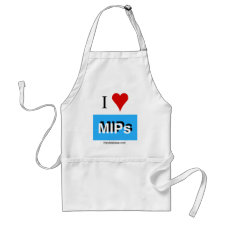
Authors: Song RY, Hu XL, Guan P, Li J, Qian LW, Wang QL
Article Title: Synthesis of glutathione imprinted polymer particles via controlled living radical precipitation polymerization.
Publication date: 2015
Journal: Chinese Journal of Polymer Science
Volume: 33
Issue: (3)
Page numbers: 404-415.
DOI: 10.1007/s10118-015-1590-6
Alternative URL: https://www.researchgate.net/publication/271224817_Synthesis_of_glutathione_imprinted_polymer_particles_via_controlled_living_radical_precipitation_polymerization
Abstract: A general protocol was described for fabricating uniform molecularly imprinted polymer (MIP) particles via controlled living radical precipitation polymerization at ambient temperature. By adopting glutathione as model template, benzyl dithiocarbamate as iniferter agent, 4-vinylpyridine as monomer, and ethylene glycol dimethacrylate as cross-linker, it is demonstrated that the polymerization parameters including the iniferter concentration, monomer loading and molar ratio of cross-linker to functional monomer have profound effect on the final particle size and recognition property of the MIP particles. The batch static binding experiments were carried out to estimate the adsorption kinetics, adsorption isotherms and selective recognition of the MIP particles. The adsorption behavior followed the pseudo-second order kinetic model, revealing that the process was chemically carried out. Two adsorption isotherm models were applied to analyze equilibrium data, obtaining the best description by Langmuir isotherm model. In addition, the MIP particles also could selectively recognize glutathione over similar analogs, indicating the possibility for the separation and enrichment of the template from complicated matrices
Template and target information: glutathione
Author keywords: molecularly imprinted polymer, Controlled living radical polymerization, Particle Size, Recognition, Glutathione



Join the Society for Molecular Imprinting

New items RSS feed
Sign-up for e-mail updates:
Choose between receiving an occasional newsletter or more frequent e-mail alerts.
Click here to go to the sign-up page.
Is your name elemental or peptidic? Enter your name and find out by clicking either of the buttons below!
Other products you may like:
 MIPdatabase
MIPdatabase









